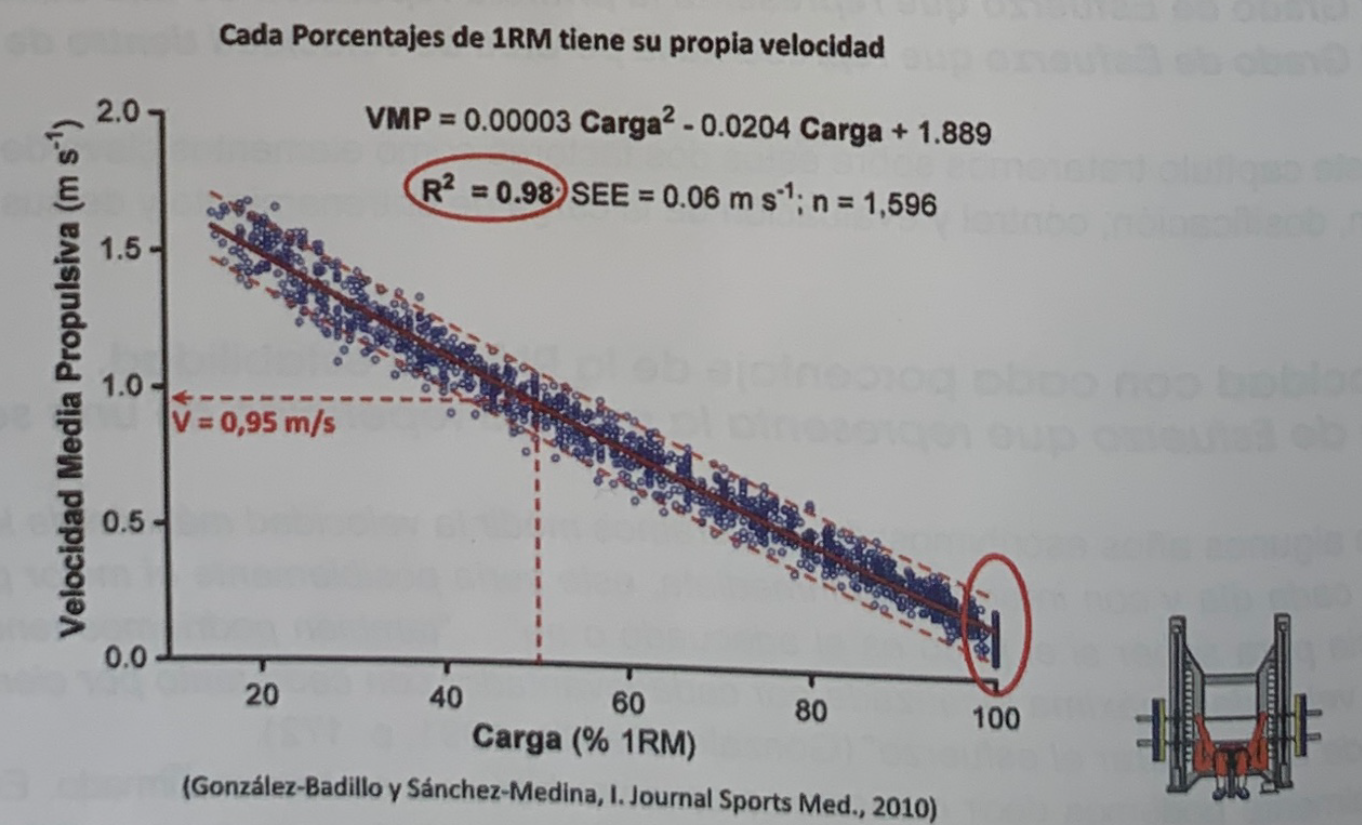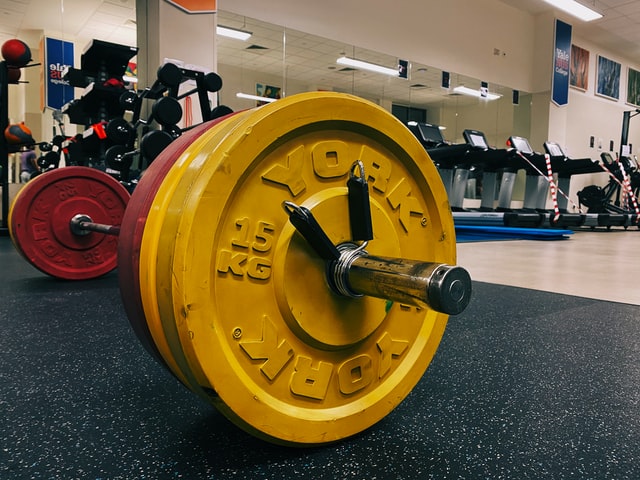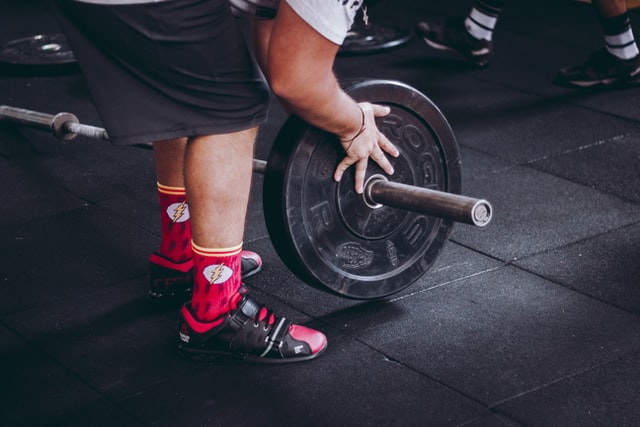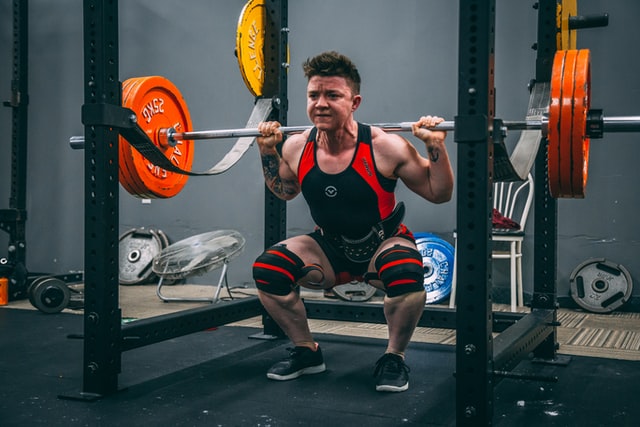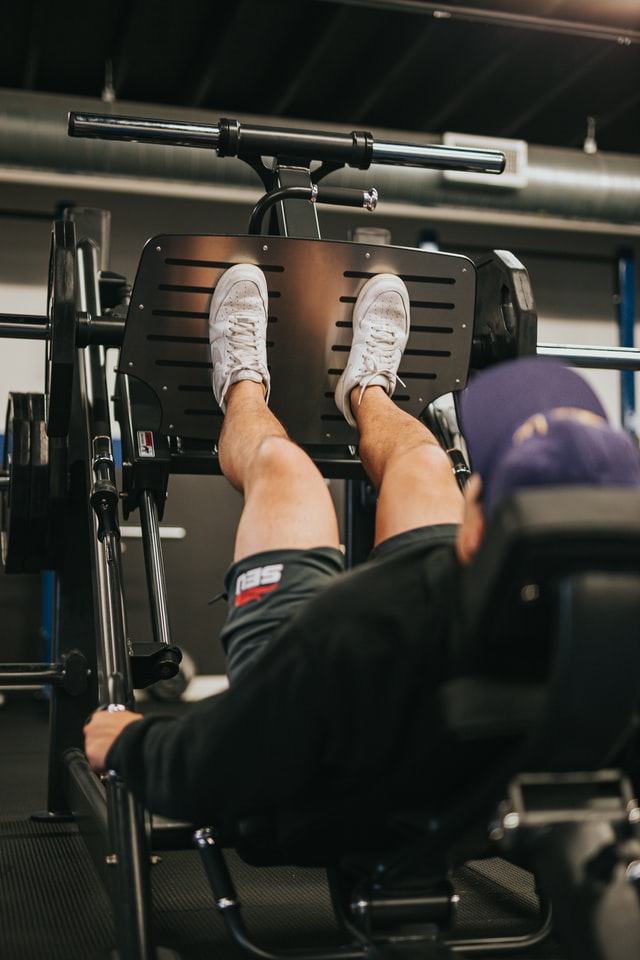Training density
The density is expressed by the relationship between the total work or the number of repetitions performed and the time spent on it. In this sense, it is identified with a way of expressing the overall mechanical power of a training unit. Density is primarily determined by the recovery time between reps and sets, although it also extends to recovery between sessions and between full training cycles.
In this series of articles we deal with some of the most important concepts of strength training, collecting notes from the recently published book Strength, Speed and Physical and Sports Performance written by renowned researchers Juan José González Badillo and Juan Ribas Serna.
Summary
- Training density is the relationship between the volume of training and the time spent doing it.
- A higher density tends to produce greater metabolic stress and greater fatigue.
- High intensities and densities of training, which are probably only necessary —if they are at all— for advanced athletes, have a limit from which their use can be negative.
The recovery time comes to complete the characteristics of the intensity of the training. Thus, given the same intensity and volume, the greater the density of the training carried out, the greater the overall mechanical power and, therefore, the greater the overall intensity of the training. The effects and importance of recovery go beyond the training session to influence the entire cycle, the relationship between cycles within a season and even between seasons.
The density is expressed by the relationship between the total work or the number of repetitions performed and the time spent on it.
On many occasions, the best solution to achieve a clear improvement in performance, whether there has been a phase of overtraining (stagnation or setback in results) or not, is a long recovery period without training, rest (González- Badillo, 1991, p.100).
The higher or lower density within an exercise or session can influence the training effect, since a lower recovery between series, that is, a higher density, tends to produce greater metabolic stress and greater fatigue., which must be taken into account as a determining factor of the overall load used and the effect expected from the training. Therefore, the training density can be considered as a complement to the other intensity criteria, but, although it is generally subordinated to the objectives defined by the other criteria, it must be taken into account as a possible determining element of the load magnitude. .
As occurs with the training volume as a component of the load, studies have also been carried out on intensity aimed at determining the degree of intensity or load and physical and sports performance. Making a synthesis of a good part of them, we highlight some data below.
The problem of optimal load and stimulus effectiveness within the training process is not satisfactorily resolved (Pampus et al., 1990). The importance of the optimal training load is justified by the small differences in performance between winners and losers in a competition (Kuipers, 1998), although there is very little scientific data on optimal training to reach maximum performance (Kuipers, 1998). , nineteen ninety six).
The importance of the optimal training load is justified by the small differences in performance between winners and losers in a competition.
While the rapid or immediate improvement in performance may be directly related to intensity, the final level of performance is inversely related to training intensity (Edington and Edgerton, 1976; in Stone et al. 1991). In this sense, it has been verified that if an athlete tends to perform the greatest possible number of repetitions with intensities greater than 90% of his RM, he does not achieve the best results (González-Badillo et al. 2006), as well as that the number of repetitions with intensities greater than 90% of the RM does not have a positive linear relationship with the results (González-Badillo et al. 2006).
The explanation for this lack of linearity when maximum achievable values of maximum intensities are reached could lie in the lack of positive response of the organism to an excess of stimulation and a high training density. This has been concluded in some studies.
For example, it is stated that the coincidence of very high values of volume at the moment in which a high intensity is also performed is very likely to lead to overtraining (Kraemer et al. 1995), or that using 70 repetitions per week with intensities 100% of 1RM led to overtraining (decreased squat result), while performing 40 repetitions per week with intensities close to maximum (95%) produced improvements in 1RM (Fry et al, 1994).
It has been proven that if an athlete tends to perform as many repetitions as possible with intensities greater than 90% of his RM, he does not achieve the best results.
From the study by Medvedev and Dvorkin (1987) it can be deduced that the optimum percentage of 1RM for strength improvement is not the same for all ages and performance levels. Indeed, in this study it was observed that the youngest subjects, 13-14 years old and 15-16 years old, improved more with mean percentages of 70 and 80%, respectively, with those who did 3-4 repetitions per series, which using 90% percentages with 1-2 repetitions per set.
It therefore seems reasonable that we should get the most out of each range of percentages before using the highest percentages. Even in the older group of athletes (17-20 years) in this same study, 80% produced in the long run (at the end of the 6 and 8 months that the study lasted) better effects than 90%.
These results seem to justify Edington and Edgerton’s (1976; in Stone et al. 1991) suggestion noted above that while rapid/immediate performance improvement may be directly related to intensity, the final level of performance is inversely related to training intensity (and in turn the training density), and also with the conclusions of Fry (1998), which indicates that the use of maximum intensities (1RM) can be satisfactory in a short space of time, but the continued use of these training units will frequently be negative to continue improving, y Fry et al. (2000), when they conclude that even in the event that the continued use of this work system does not produce a decrease in the result in the trained exercise (squat), it can be counterproductive in other performances such as speed (Fry et al. ., 2000).
the use of maximum intensities (1RM) can be satisfactory in a short space of time, but the continued use of these training units will frequently be negative to continue improving
Therefore, if a high intensity is maintained for a long time (90% for 6-8 months, in the study by Medvedev and Dvorkin, 1987), the results tend to decrease, and may even lead to overtraining, or, at best, cases, the results would be lower than those obtained with medium intensities.
These results are in the same line as those obtained by González-Badillo (González-Badillo et al., 2006), in which it was observed that the relationship between the number of maximum repetitions (90% and more of the RM) and the results is curvilinear, or with the results of Busso (2003), who finds a curvilinear relationship between the daily training load and the gain in performance.
This suggests that these high training intensities and densities, which are probably only necessary —if at all— for advanced athletes, have a limit beyond which their use can be negative.
In addition, this limit is not determined by the athlete’s own ability to carry out training sessions with these intensities, since those subjects who performed the greatest possible number of repetitions with more than 90% did not achieve the best, observing that these intensities did not have a positive linear relationship with the improvement of the marks (González-Badillo et al., 2006).





